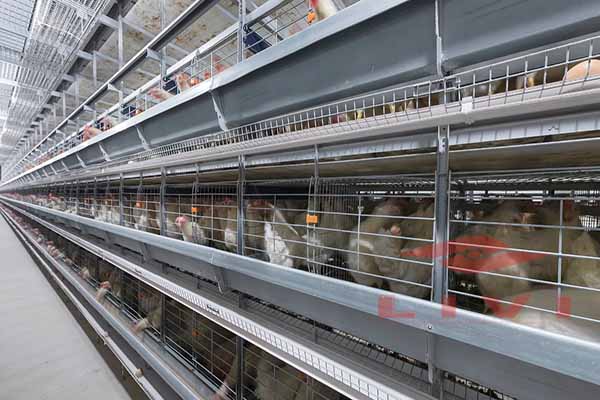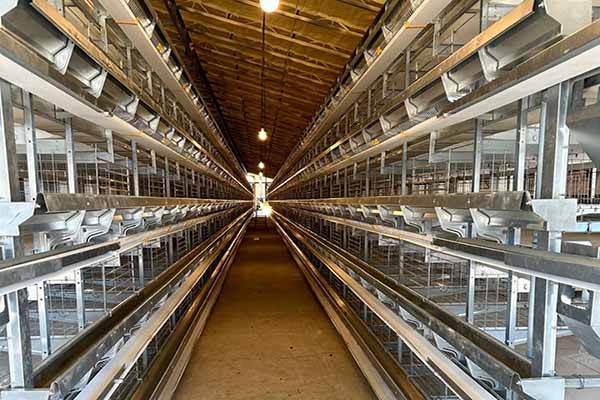What’s the Capacity of Each Poultry Cage: A Comprehensive Guide
Understanding the capacity of each poultry cage is crucial for efficient farm management and profitability. This guide provides insights into the various types of poultry cages and their capacities, helping you make informed decisions for your farm.
Types of Poultry Cages and Their Capacities
- Battery Cages
- Layer Cages
- Broiler Cages
- Free-Range Cages
Battery cages are commonly used for laying hens. Each cage typically holds up to 3 hens. The standard size of a battery cage is 30 x 60 x 60 cm, allowing for comfortable space for the birds.
Layer cages are similar to battery cages but have a larger capacity, usually accommodating 5-6 hens per cage. The dimensions are slightly larger, measuring around 40 x 60 x 60 cm.
Broiler cages are designed for growing chickens and turkeys. Each cage can house up to 10 birds, with dimensions varying depending on the breed and size of the birds. The standard size ranges from 50 x 60 x 60 cm to 70 x 60 x 60 cm.

Free-range cages provide hens with more space and freedom. These cages can house up to 20 birds, with dimensions usually ranging from 1 x 1.5 x 1.5 meters.

Factors Affecting Poultry Cage Capacity
- Bird Species
- Cage Design
- Feeding and Watering Equipment
Different bird species have varying sizes and growth rates, which directly influence the cage capacity. For example, broiler chickens require more space than layer hens.
The design of the cage, including the size and layout of the feeding and watering areas , affects the number of birds it can accommodate.
, affects the number of birds it can accommodate.
The availability and placement of feeding and watering equipment also impact cage capacity. Efficient design ensures that all birds have access to resources without overcrowding.
Benefits of Optimal Cage Capacity
- Healthier Birds
- Increased Egg Production
- Cost-Effective Farming
Optimal cage capacity minimizes stress and overcrowding, leading to healthier birds and reduced mortality rates.
Providing adequate space and resources for hens can improve egg production and quality.
By optimizing cage capacity, you can reduce feed waste and improve energy efficiency, resulting in lower operational costs.
As a professional SEO writer, I encourage you to leave a comment or contact us to get a free chicken farm design plan and equipment quote from LIVI Machinery. We are committed to helping you achieve success in the poultry farming industry.




